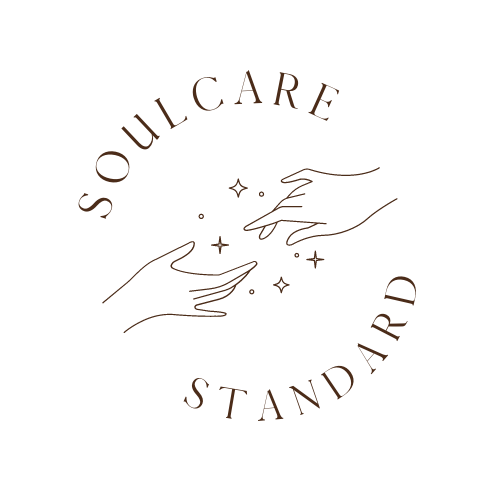WHAT IS CUPPING THERAPY?
You’ve most likely seen people sporting circular, bruise-like marks on their back. Gwyneth Paltrow and Olympic athletes like Michael Phelps put cupping therapy on the Western radar a few years ago, but it’s actually a Traditional Chinese Medicine (TCM) therapy that can be traced back to the early Han Dynasty. Cupping has been used to break up stagnated blood or qi (energy) in the body. According to TCM, stagnation or the lack of movement of fluids and energy is believed to be the root cause of pain and other health imbalances.
Muscle pain is always unpleasant, but there are other options out there besides your run-of-the-mill ice packs, heat pads and over-the-counter painkillers that might just not do the trick anymore. That’s where cupping therapy comes in. SKIMCARE offers dry cupping, where suction is applied to the skin for several minutes, combined with massage. (Wet cupping is similar except small cuts are made in the skin so that controlled amounts of blood are drawn into the cup.)
Growing up, cupping was (and still is) my mom’s go-to remedy for physical discomfort. For someone who holds all their tension in the neck and shoulders, cupping therapy has been highly effective in relieving the physical manifestations of my stress and anxiety.
Tell me more
Think about cupping as an inverted massage. A traditional massage applies pressure to your muscles to relieve tension, but cupping is essentially the opposite. Special cups are used to create suction over targeted areas of your body. The “lifting” of your fascia (the connective tissues that surround and hold every organ, blood vessel, bone, nerve fiber and muscle in place) and muscles away from your skeletal system creates space for fluid to flow and helps drain toxins and waste from the cells; then your lymphatic system moves all that cellular debris out of the body. Other benefits of cupping therapy include increased circulation and lymphatic drainage and deep tissue healing.
The suction brings red blood cells to the area, which causes the infamous circular splotches. The idea behind cupping is to promote blood flow for injury or muscle recovery, bringing healthy nutrients like oxygen and white blood cells into the area to promote natural healing.
What can the cupping marks tell you?
Cupping marks are diagnostic. You can use the same pressure on both sides of the body, but sometimes you’ll have a much darker mark in certain spots than others. This just means that those areas are in need of a little extra TLC. Cupping doesn’t always leave a mark, diagnostically supporting the absence of stagnation in those areas.
Cupping marks usually begin to fade in five to seven days. If it’s your first time, you can expect darker marks that may last up to 14 days. Follow-up treatments will result in less marking as your circulation and metabolism improve.
How can I prepare for cupping therapy?
You don’t need to do much, but staying well-hydrated never hurts. It’s recommended to avoid heavy meals right before your treatment so that your body can focus on directing more blood flow to the targeted areas instead of digestion. I also recommend wearing a loose top as your back will feel tender afterward.
What can I expect during the treatment?
The 30-minute treatment starts with identifying specific points for cupping – whether it’s a stiff back, frozen shoulders or chronic neck pain. Cups are then fixed onto the skin and left for five to 10 minutes to focus on the release of the local tissue and allow time for the connective tissue to fully stretch. To end, the sliding technique is used to move the cups through the congested areas – similar to a deep tissue massage.
Cupping doesn’t hurt (don’t let the marks fool you), but it can feel weird. You might experience initial discomfort or tightness from the suction, but it’ll end in a physical (and sometimes emotional) catharsis that lasts for weeks.
Tell me about aftercare
You might feel fatigued for a day or two afterward as your body heals and processes the toxins removed during the treatment. It’s normal to experience flu-like symptoms like general body aches. Resting and staying extra hydrated are the best ways to help your body flush out the cellular waste.
After cupping, your skin becomes sensitive to temperature. The theory behind catching a cold in TCM is that your body’s wei qi (natural defenses) aren’t strong enough to combat external pathogens including wind, heat and cold. The suction and negative pressure created through cupping “pulls” heat from the body and “opens” the meridians (energy highways through which qi flows). Wei qi controls the opening and closing of the pores, and this energy is nourished by the air we breathe and the foods we eat. Cupping (very visibly) opens up the pores and energy channels, allowing external wind and cold temperatures to easily invade your body. TL;DR – stay warm.
Featured Image: Pinterest
